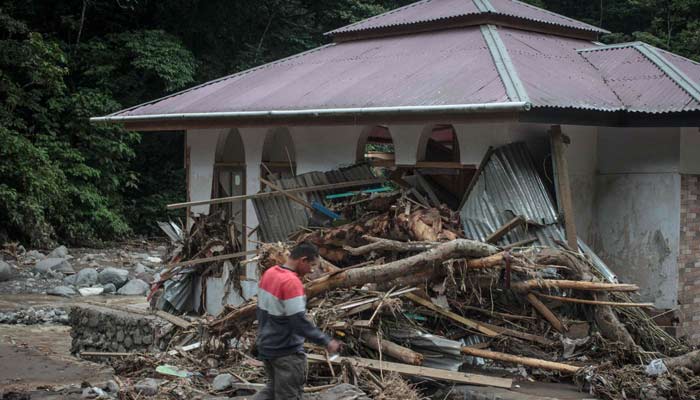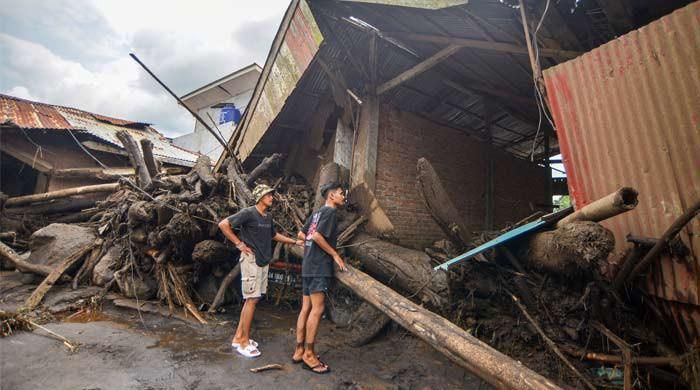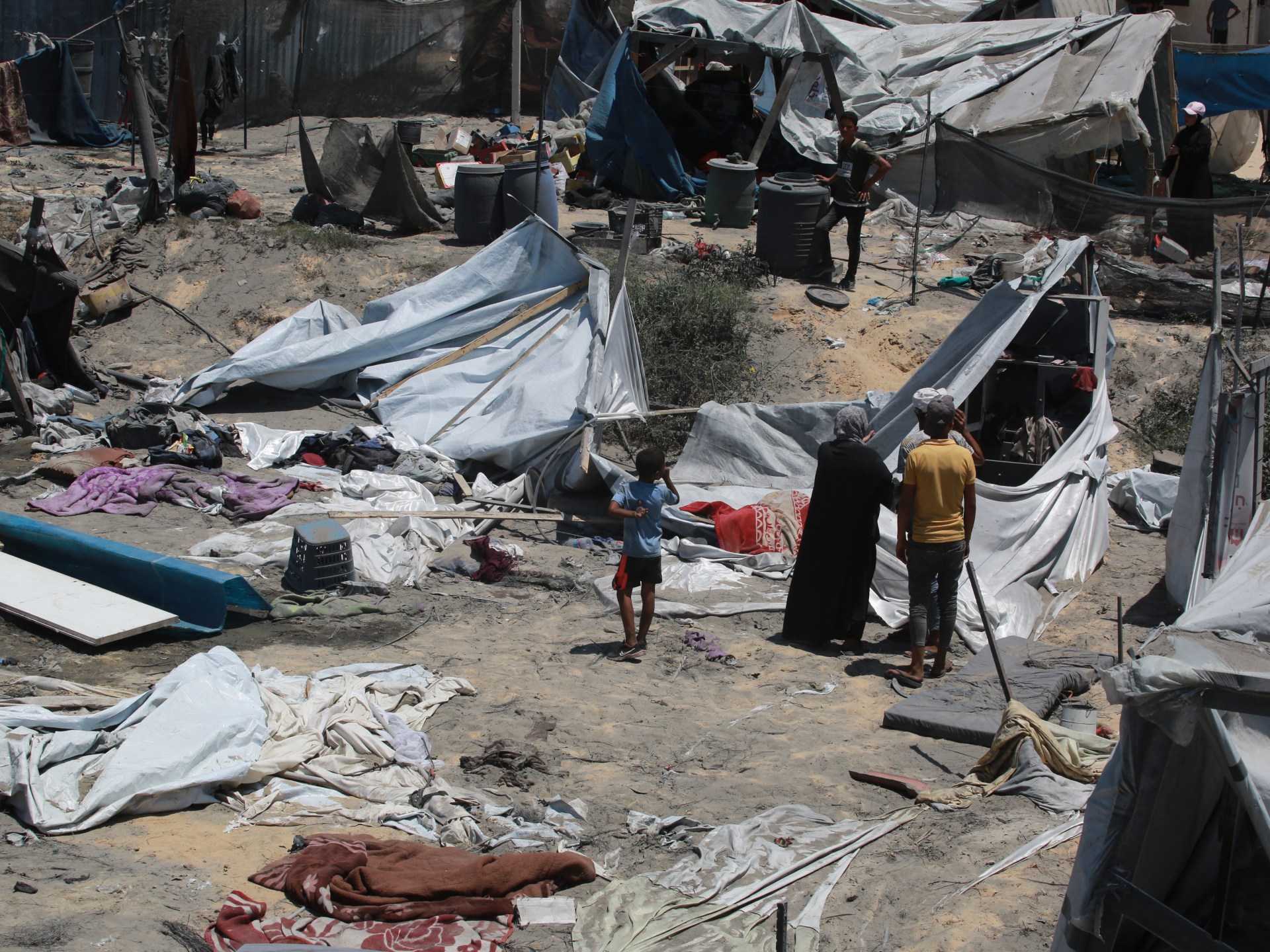Rescue teams continue efforts to search for 17 people still missing amid Indonesian floods
At least 41 people have been killed by flash floods and “cold lava” flowing from a volcano on the western Indonesian island of Sumatra. bbc reported.
Over the weekend, heavy rains washed torrents of ash and rocks towards Mount Marapi, which is Sumatra's most active volcano, flooding two districts.
The torrents swept people to their deaths and damaged more than 100 homes, mosques and public facilities.
By Sunday afternoon, rescuers had found 19 bodies in the worst-affected village of Canduang in Agam district, and recovered another nine bodies in Tanah Datar, according to the National Search and Rescue Agency.
Meanwhile, 17 people remain missing.
Survivors fled as “cold lava,” which is a mix of volcanic material and pebbles that flows down the slopes of a volcano in the rain, flowed toward their homes.
“It was completely dark, so I used my mobile phone as a flashlight. The road was muddy, so I chanted 'God have mercy' again and again,” said Rina Devina, a 43-year-old housewife from Agam district. AFP.

He revealed that a neighbor's house had been “crushed by large rocks” and four of his neighbors died.
What does “cold lava” mean?
The phrase cold lava is a translation of the term “lahar” in Indonesian and Tagalog.
Temperatures range between 0°C and 100°C, depending on how they form, but are usually below 50°C, according to several academic reports on the phenomenon.
A moving lahar resembles a “turbulent slurry of wet concrete” that can increase in volume as it incorporates other debris in its path, the U.S. Geological Survey said.












